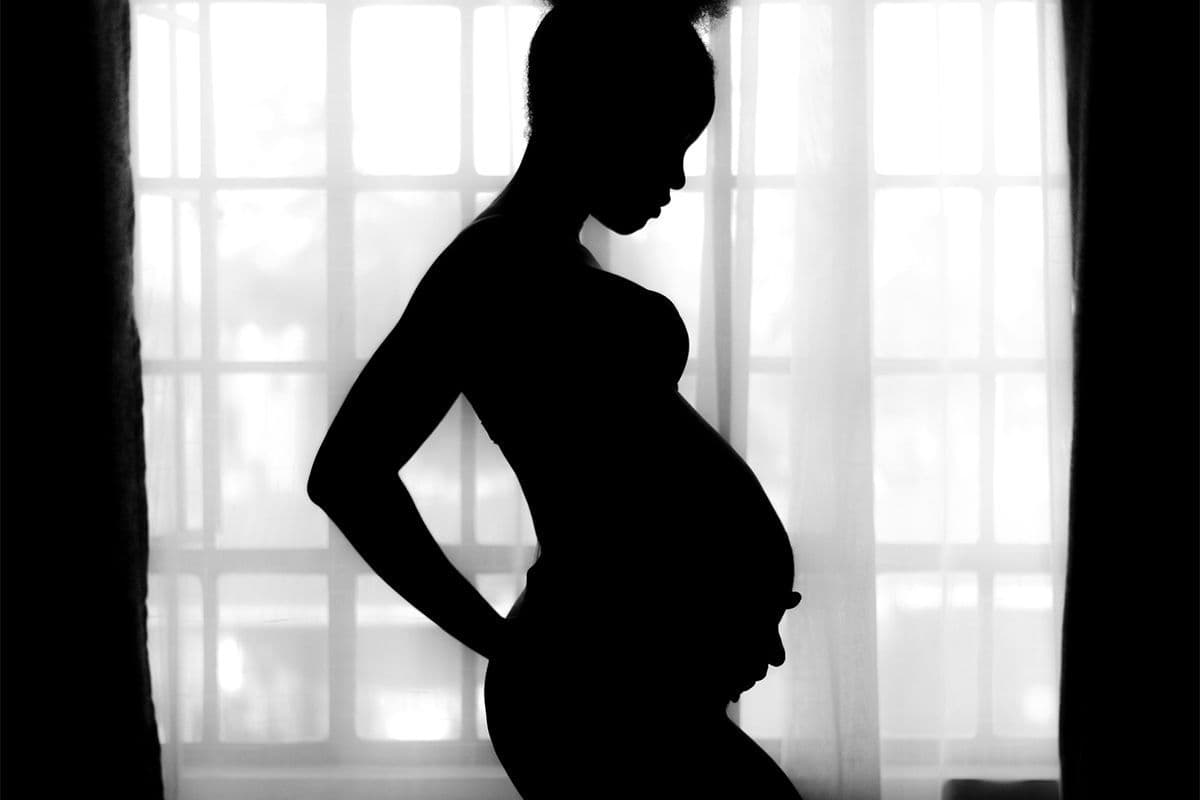Cell Aging Linked to Stress During Pregnancy
Pregnancy News
Obie Editorial Team
Children born to women experiencing extreme trauma or traumatic life changes during pregnancy are affected on a cellular level. Researchers from UC Irvine, reported study findings in the Proceedings of the National Academy of Sciences. Stress exposure during pregnancy is a hot research topic; one that doctors are hoping will help form educational programs about the effects of stress on infants, well into adulthood.
Researchers collected blood samples from 25-year-old study participants. The blood samples were evaluated for cellular age. Participants born to mothers who suffered severe trauma during pregnancy possessed white blood cells that were significantly older than participants born to mothers with no stress during pregnancy. Gender was a huge factor in the test results. White blood cells from men born to stressed mothers were three and one-half years older than men born to mothers with no stress. The age of white blood cells in women born to stressed mothers were five years older.
Telomeres are responsible for cellular division. The number of times a cell can divide is controlled by telomeres. Researchers believe infants born to mothers experiencing extreme stress or trauma are shorter and thus cell divide fewer times, increasing the “age” of cells. Shorter telomeres are referred to as truncated. Doctors have associated truncated cells with cancer, diabetes and coronary heart disease.
According to Sonja Entringer, one of the paper authors, “These results indicate that stress exposure in intrauterine life is a significant predictor of adult telomere length - even after accounting for other established prenatal and postnatal influences on telomere length.”
Researchers continue to forge forward with research dedicated to the effects of maternal health, well-being, emotional state and physical environment on offspring.
Source: University of California – Irvine. Elizabeth H. Blackburn, Elissa S. Epel and Jue Lin of UC San Francisco and German researchers Robert Kumsta, Dirk H. Hellhammer and Stefan Wust contributed to the study, which was supported by the National Institutes of Health and the Barney & Barbro Fund. 2 August, 2011.









